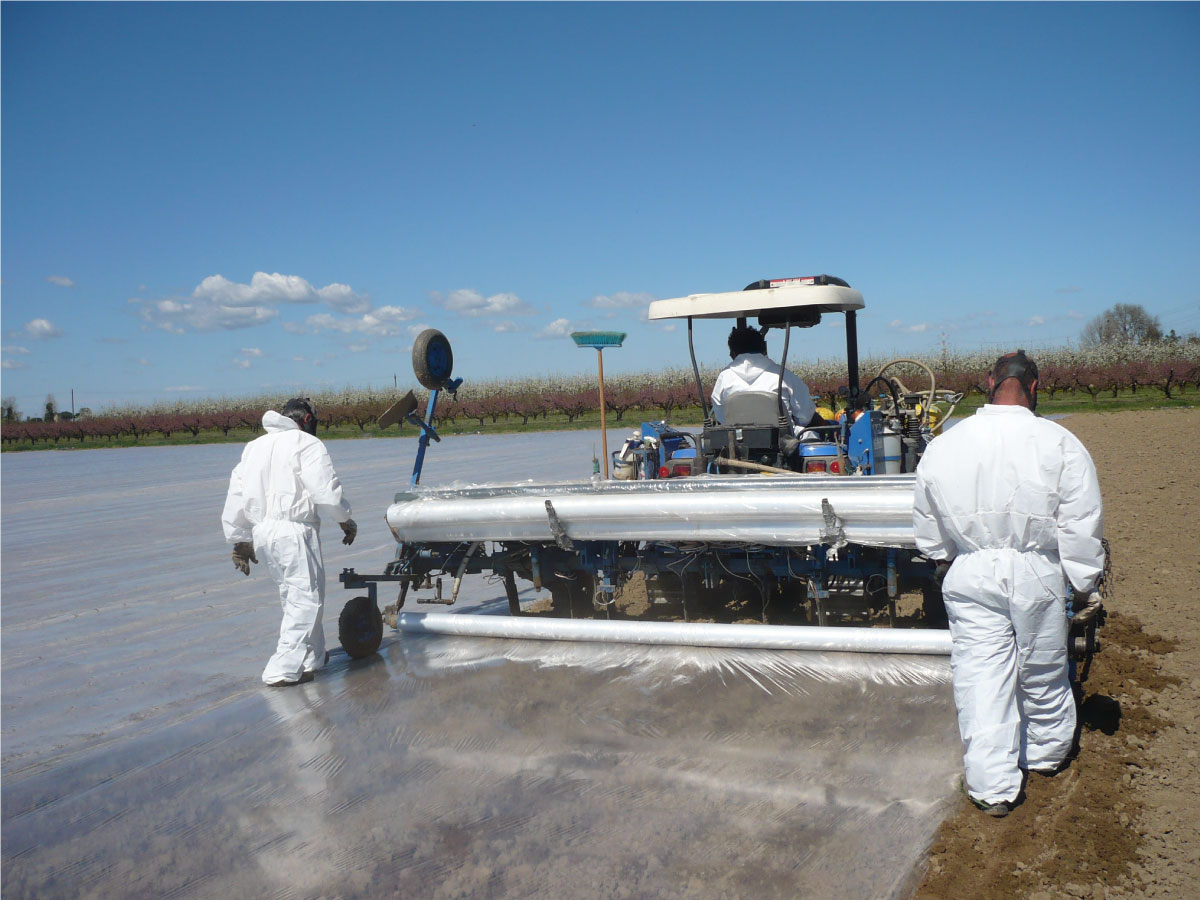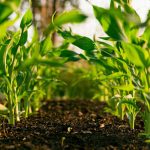
Crops in drought conditions

As time goes by, climate change has become evident. In some parts of the world, rainfall is becoming increasingly scarce, causing crops to face difficulties in order to thrive naturally. For that reason, agricultural producers have been forced to rethink the current situation and have decided to design and implement feasible strategies that allow them to improve the potential of their crops in drought conditions in order to offer quality products despite the extreme circumstances.
Farmers know that maximizing crop production is key to being able to stay in the market, but soil conditions represent one of the aspects that should get more attention, since they are becoming drier, regardless of the season of the year.
By not having enough rainwater, crops are in trouble and thus, it is difficult for them to grow and develop in an optimal way. This can be evidenced on a larger scale in crops requiring cold seasons such as peas, cereals and canola, which begin their growth and moisture-obtaining stage sooner than crops that require a warm season, that is why the adverse effects are perceived in them earlier.
Given this situation, agricultural programmes which aim to contribute to the conservation and use of water resources for the benefit of crops under drought conditions have been promoted; however, many of these are governed by specific legal regulations and are dependent of the hydrologic conditions of each region. That is why producers have used additional tools that have allowed them to solve the problems of their farms in a faster, more effective and timely manner. Such is the case of the implementation of efficient irrigation systems that allow maintaining the profitability of the farms, in a time when obtaining water becomes difficult and expensive.
The use of mulching plastics to save on water consumption in crops
Another alternative is to use mulching plastics that are specially designed to provide a higher degree of moisture to the soil without the need to use the usual amount of water reserves. According to the information stated in the website Research Gate, plastic mulching was used for the first time in the cultivation of vegetables and, it has become popular thanks to its characteristics, being used to cover fields of fruits, vegetables and flowers.
Today, there are more agricultural producers who prefer to invest additional capital and be able to count on this valuable instrument that allows them to save water, helping their crops in drought conditions. There are several advantages that come from choosing mulching plastics and some of them are the following:
- Extended seasons and early harvests. In the state of Utah in the United States, farmers realized that their crops managed to grow 2 to 3 weeks earlier when they used plastic films, rather than in the traditional way directly on the ground.
How can these crops be achieved earlier? The fact is that solar rays are absorbed by the plastic, which increases the temperature of the soil and generates greater humidity, without having to use a large amount of additional water, which is crucial for the crops in drought conditions. When this happens, the process of growth accelerates allowing to obtain crops much earlier than estimated and in regular conditions, aside from allowing replanting to take full advantage of planting months.
- Fewer pests and weeds. It reduces the appearance of weeds that seek to compete with crops for water and nutrients. Thanks to these plastics, you get healthier fields with less pesticide use and, by having fewer weeds, the amount of insect pests decreases considerably as they usually need the weed as a host. On the other hand, the reflective effect of some plastics also prevents them from appearing.
- Less leaching and no compaction. Since water is distributed in a better way with the plastic films, they allow to save in fertilizers and reduce the risk of contamination by groundwater.
With mulching plastics, aside from being protected from rain and the traffic of people, the soil also manages to breathe and maintain its nutritional structure. In this way, the roots are better, and the plants absorb all the nutrients, increasing their quality. By not being in direct contact with the ground, the transmission of diseases from the ground to the plant is avoided and a cleaner product is obtained.
Statistics on crop irrigation in the United States
It is worth mentioning that according to the National Service of Agricultural Statistics (NASS) of the USDA, water scarcity is an important issue, one that was more evidently appreciated from 2007 to 2012, when irrigated hectares in the United States decreased almost 0.8 million. This took place mostly in the west of the country where drought conditions contributed to water shortages throughout the region.
Contractions in state-level irrigated acreage exceeded 10 per cent in Texas, Colorado, Oregon, New Mexico, and Oklahoma. In recent decades, most of the expansion in irrigated acreage has occurred in the more humid Eastern States, and the irrigated acreage in the area has expanded by roughly 8 per cent, with significant increases in Arkansas, Louisiana, Mississippi, and Georgia.
Improving water consumption in agriculture is key to obtain greater benefits from crops in drought conditions. In addition to the fact that it will improve farm performance while saving on water costs and other products implemented in the agricultural process.
Being more effective in the use of water will also allow positive derivations such as generating excellent opportunities to create a friendlier habitat for other wildlife, as well as allowing the reduction of risks to human health and ecosystems associated with environmental degradation.
Photo by Lewis Braid on Unsplash
Drought-resistant crops
Today, due to climate change, the seasons have gone through a series of transformations that have resulted in a negative impact on the quality of food, therefore, there is a need for agricultural producers to focus on drought-resistant crops to take full advantage of the same while trying to cope with seasons characterized by more product shortages.
Drought has certainly been one of the main factors that have led to more reductions, not only in terms of crops, but also regarding capital investments. An example of this is evident in row crops such as corn where producers have experienced considerable losses due to lack of water at least in the United States.
The lack of water can be identified when corn leaves deform and turn grey, so the growth process slows down and the plant is forced to make an additional effort to be able to stand without perishing. This phenomenon is known as water stress and generally makes the grains smaller and decreases the yield of this type of crop even more. We invite you to read more about how to improve water consumption in agriculture.
What is a drought-resistant crop?
A drought-resistant crop is the one that can tolerate abrupt changes in temperature, being able to use the few tools available to its advantage, thus preventing a reduction in production.
For some decades several specialists have been dedicated to analysing the behaviour of agricultural plantations of diverse foods around the world. The idea is to try to offer other alternatives or possible solutions that allow crops to become increasingly resistant and able to cope with temperature variations, as well as the lack of resources that are essential for their correct development such as water.
Today, we can find several examples of drought-resistant crops. For example, after several studies, researchers in the area were able to create drought-tolerant corn through cutting-edge technologies that agricultural producers have nowadays to try to minimize the cost-effectiveness caused by drought seasons, which in turn translates into one of the most feasible alternatives to improve the resilience of agricultural production, while reducing their reliance on federal financial assistance.
But why corn? Because it is one of the row crops par excellence that manages to boost a great deal of the food economy worldwide and it is backed up by important research thanks to its large planting area and sensitivity to drought.
Furthermore, drought-tolerant corn has some varieties that farmers began using between 2011 and 2013 at least in the United States, after several decades of research developed by experts in the agricultural area and scientists dedicated to the study of plants, who focused on the drought tolerance aspect and how feasible it was to create a new corn grain that would be able to withstand high levels of stress. From then on it was marketed nationally and it is increasingly common to find it on the farms of small and large producers.
According to information published on the website of the United States Department of Agriculture Economic Research Service, since the 1960s in the United States the average national corn yield has increased by just under 2 bushels per year, due to the development of corn varieties that are more resistant to biological and environmental stress. The drought-tolerant corn varieties currently available have benefited from this type of basic research.
However, most varieties of this corn are a direct result of research and improvement by the private sector that selects plants based on their yields under limited water growth conditions. Most of the drought-tolerant corn varieties sold today developed that tolerance through conventional improvement rather than genetic engineering.
What about crops in California?
A very particular case that is drawing the attention of farmers is the California drought that affects crops, which until a few years ago was an unusual phenomenon, but now seems to be a constant. This is due to a series of atmospheric patterns that are emerging as they did a few years ago, which have become troublesome since this is an unprecedented drought that has remained present due to low rainfall and high temperatures, threatening the possibility of having thriving and productive crops in the region.
Given this situation, some scientists decided to analyse what happens in the northeastern Pacific Ocean and the western side of North America to include the winter “storm” region where most of the precipitations in California originate. They looked at historical climate data from the U.S. government archives to see the variations during the October-May rainfall season in California, identifying specific atmospheric patterns of the North Pacific associated with the most extreme temperature and precipitation stations between 1949 and 2015.
The results of the study indicated a significant increase in the emergence of atmospheric patterns associated with certain precipitation and extreme temperatures during the 67-year period, which resembles what happened during the second half of the ongoing period of several years of drought in California. The interesting thing is that, while the number of very dry atmospheric patterns in California has increased in recent decades, the number of highly humid atmospheric patterns has not decreased according to information reflected in the website Planting Seed.





![[eBook] Sustainability and water management](https://agriplasticscommunity.com/wp-content/uploads/8_550x310_ENG-440x264.png)
![[eBook Trends in Agriculture Plastics] Increasing use of biodegradable mulch](https://agriplasticscommunity.com/wp-content/uploads/550 × 310_2_ENG-440x264.png)
![[eBook Trends in Agriculture Plastics] Reducing the plastic used in the manufacture of agricultural films](https://agriplasticscommunity.com/wp-content/uploads/550 × 310_1_ENG-150x150.png)





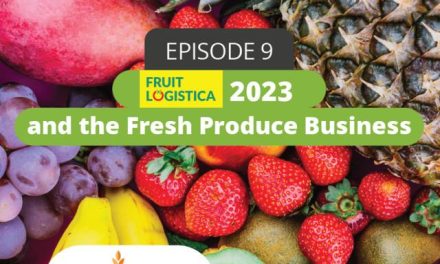

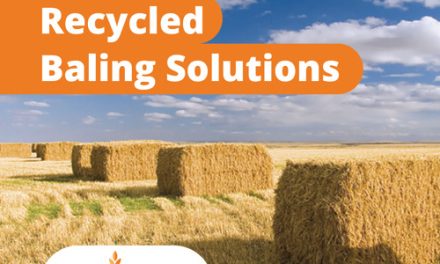


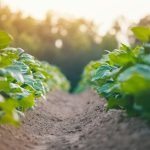
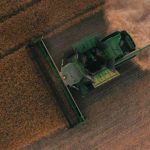



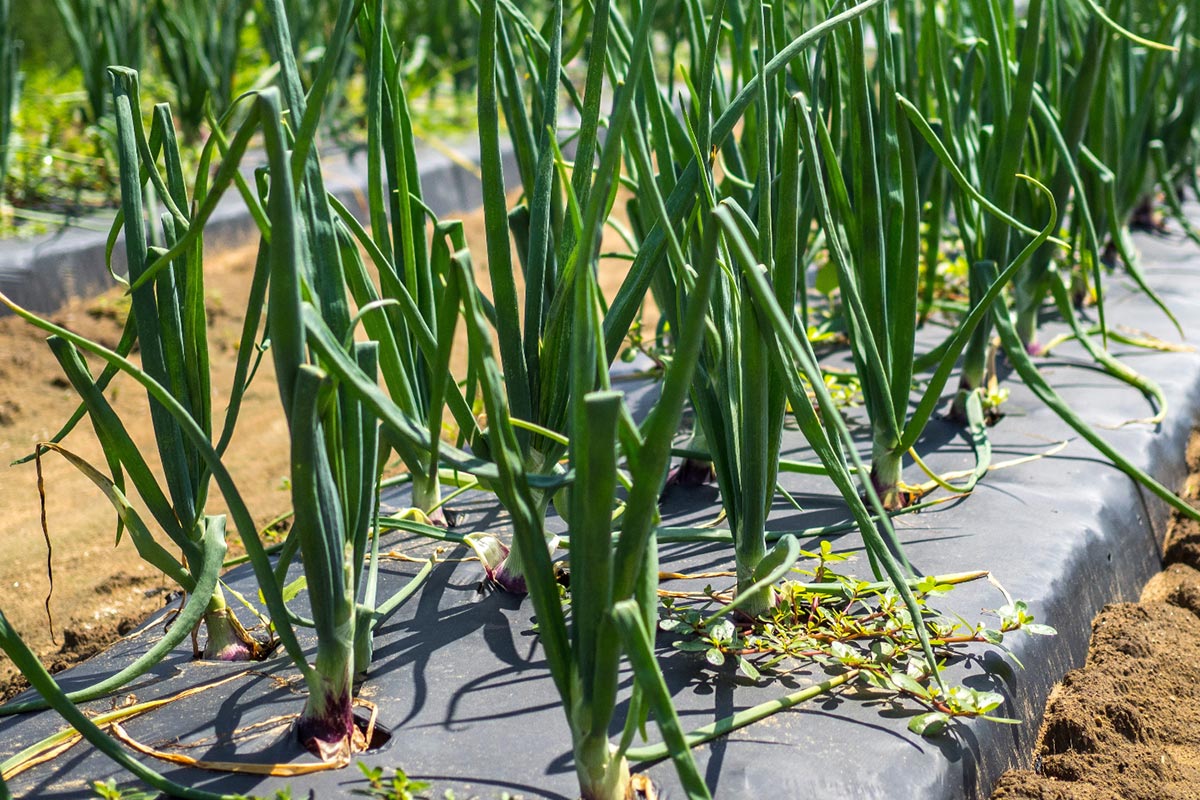
![[eBook Trends in Agriculture Plastics] Reducing the plastic used in the manufacture of agricultural films](https://agriplasticscommunity.com/wp-content/uploads/550 × 310_1_ENG-440x264.png)
